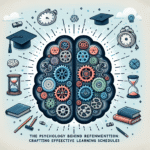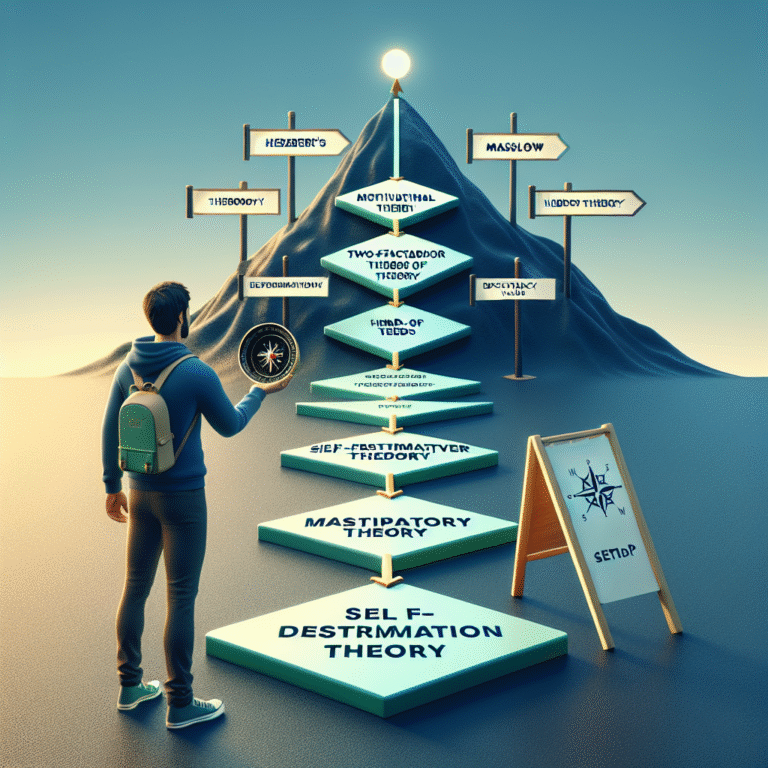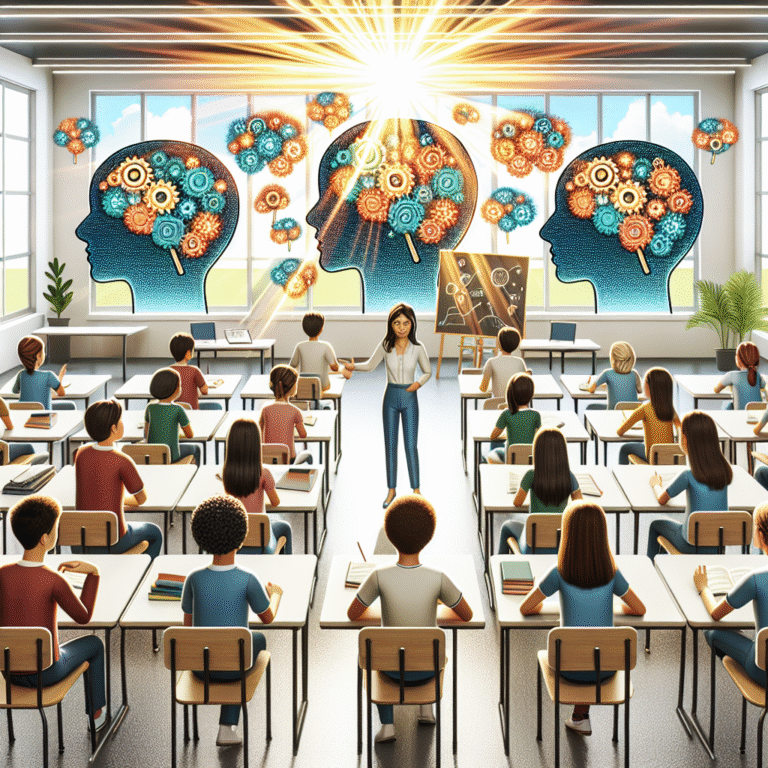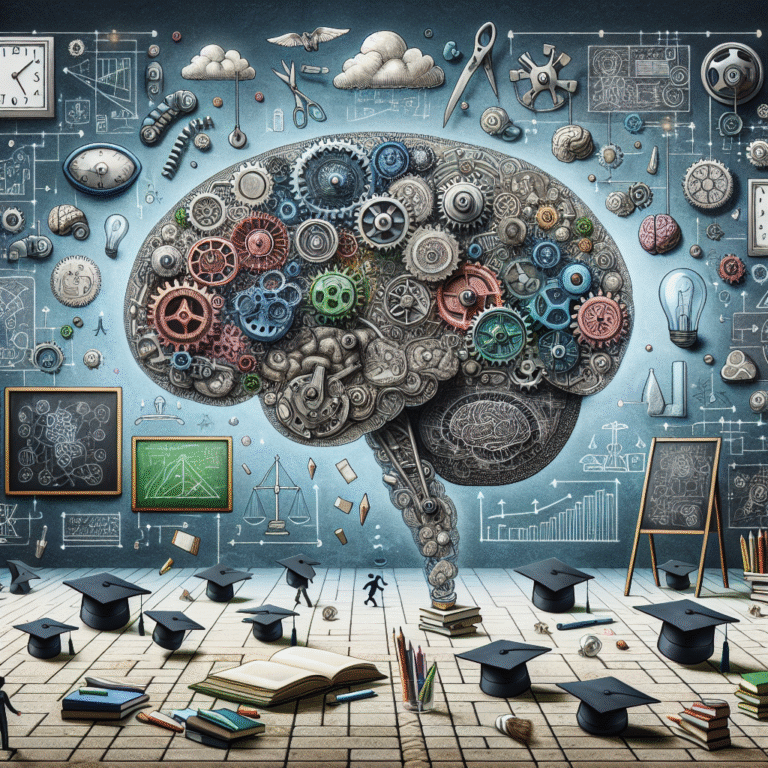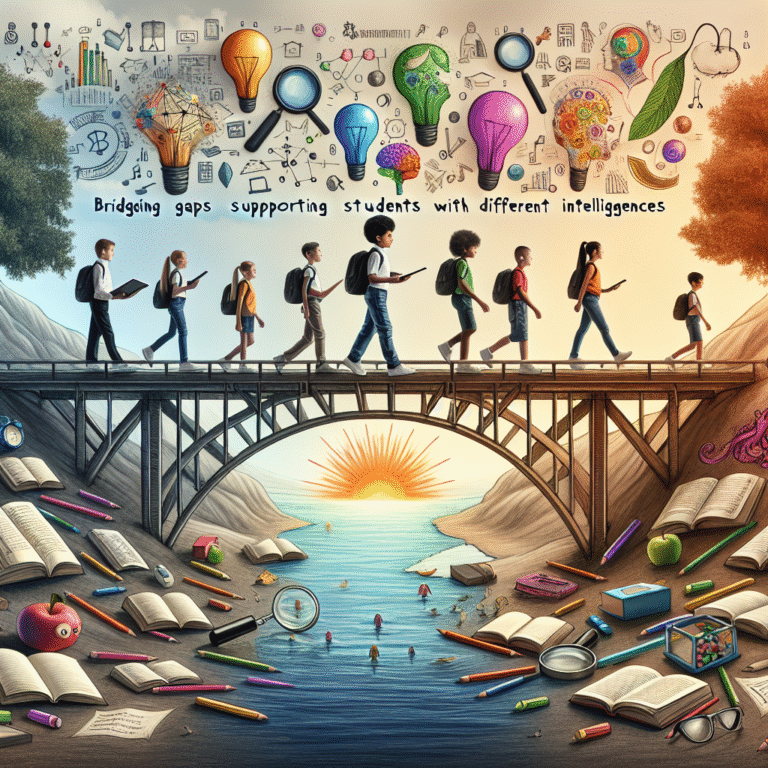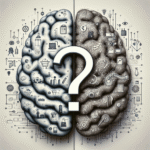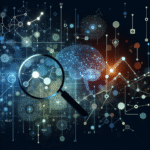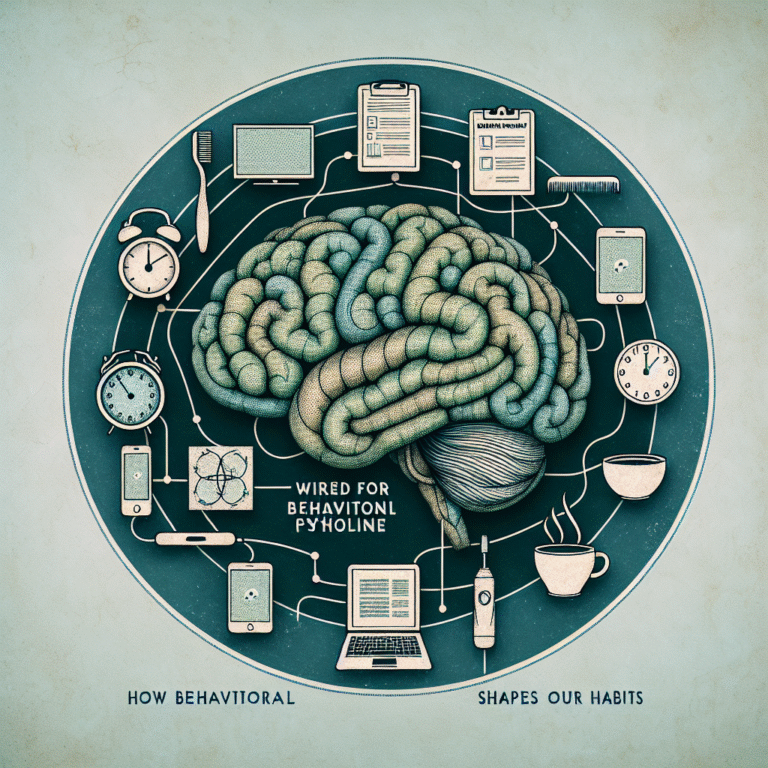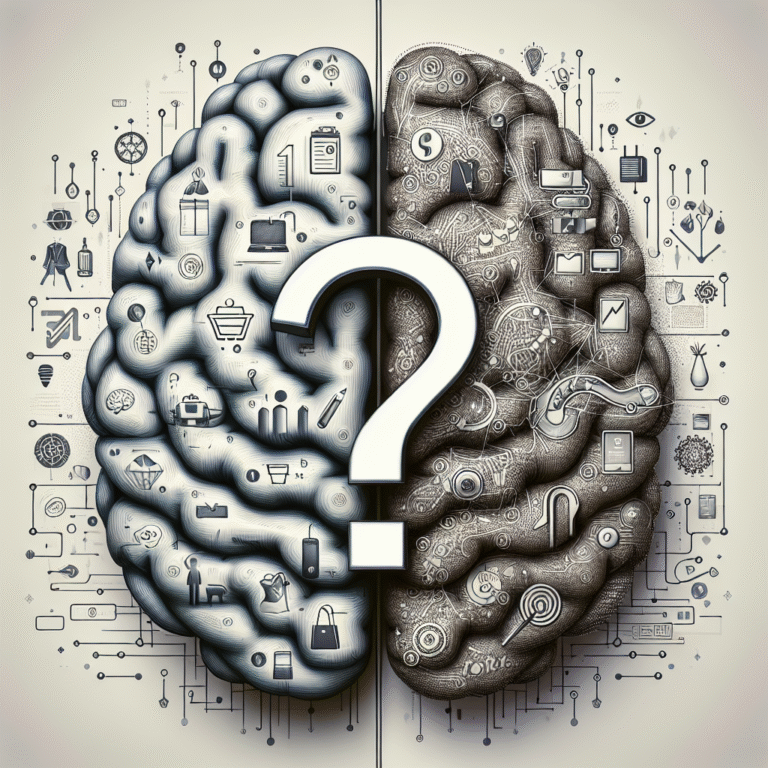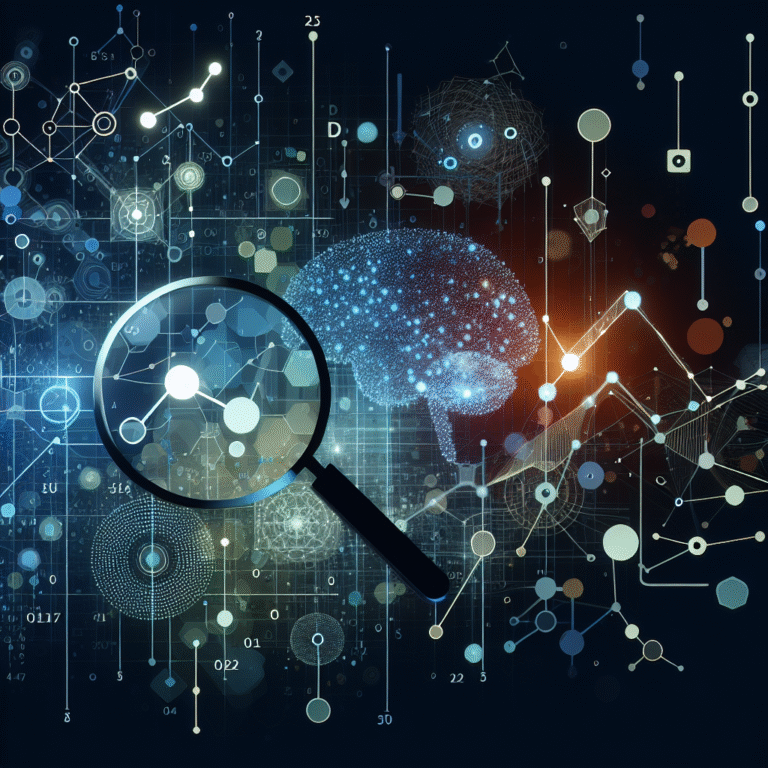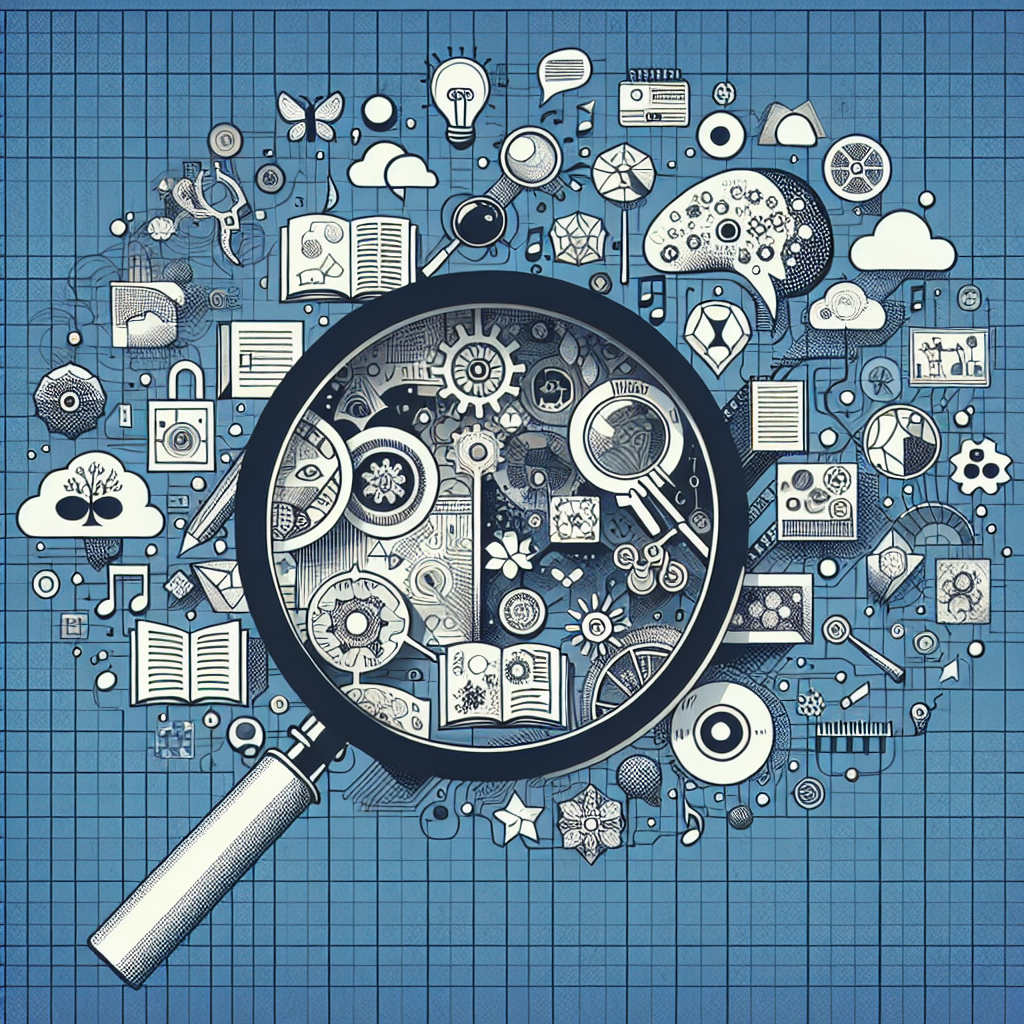
Introduction
Have you ever walked into a room and instantly felt a familiarity, even if you had never been there before? Or perhaps you’ve made a snap judgment about a person based on their appearance alone? These moments are not coincidence; they result from our mental blueprints, known as schemas. Understanding how schema theory influences perception: the mental blueprints we live by is not just an academic exercise; it’s a powerful tool for navigating our complex world.
In this article, we will delve deep into how schemas shape our perceptions, influence our interactions, and ultimately guide our decision-making processes. We’ll explore case studies, visual aids, and practical insights, making a compelling case for why understanding schema theory is essential for anyone looking to enhance their cognitive toolkit.
What is Schema Theory?
Defining Schemas
Schemas are cognitive frameworks that help organize and interpret information. They are formed based on our experiences and shape our understanding of the world. For example, if you’re familiar with the concept of a "restaurant," your schema for that might include expectations about the ambiance, the types of food served, and the roles of staff members.
Types of Schemas
- Person Schemas: Frameworks that pertain to specific individuals, usually based on our interactions with them.
- Role Schemas: Expectations tied to various social roles, such as a teacher or a lawyer.
- Event Schemas (Scripts): Guidelines for how to behave in particular situations, like attending a wedding or going to a doctor’s appointment.
- Self-Schemas: Cognitive representations of ourselves, which influence our self-perception and the way we interact with others.
Understanding how schema theory influences perception: the mental blueprints we live by starts from recognizing these different types of schemas that affect our cognitive processes.
How Schemas Shape Our Perception
The Influence of Culture
Schemas are not formed in isolation; they are heavily influenced by our cultural backgrounds. For example, a person growing up in a collectivist culture may have a different schema for family compared to someone from an individualistic culture. This cultural context can shape how we perceive relationships, authority, and even interactions with strangers.
Case Study: Cross-Cultural Variations in Perception
Consider the study conducted by Nisbett and Masuda (2003) on how Americans and Asians perceive visual scenes. The researchers found that Americans tend to focus on central objects, while Asians view the entire context, including background elements. This difference illustrates how cultural schemas can influence not just interpretation but the very lens through which we perceive reality.
| Culture | Focus of Attention | Example Interpretation |
|---|---|---|
| American | Central objects | A fish in an aquarium as the main focus |
| Asian | Contextual setting | The aquarium, decorations, and surroundings |
This table highlights how how schema theory influences perception: the mental blueprints we live by can vary dramatically across cultures.
The Role of Experience
Experience is a critical component in schema formation. The more frequently we encounter certain types of situations or people, the stronger our schemas become. These well-formed mental blueprints, however, can sometimes lead to biases and stereotypes.
Case Study: Stereotyping in Job Interviews
A fascinating study by Fiske and Taylor (2013) explored how hiring managers often fall back on schemas when evaluating candidates. Participants with a stronger schema for a "successful applicant" tended to overlook unique qualifications that didn’t fit their mental blueprints. By understanding how schema theory influences perception: the mental blueprints we live by, organizations can take steps to minimize bias by training interviewers to recognize their schemas.
Positive and Negative Impacts of Schemas
Positive Aspects
- Cognitive Efficiency: Schemas allow us to process information quickly and make decisions with minimal cognitive load.
- Predictive Power: Well-formed schemas enable us to anticipate future events based on past experiences.
Negative Aspects
- Confirmation Bias: We tend to favor information that confirms existing schemas, ignoring contradictory evidence.
- Rigid Thinking: Strong schemas can hinder our ability to adapt to new information or changing circumstances.
Balancing the Equation
Understanding how schema theory influences perception: the mental blueprints we live by means recognizing both the benefits and pitfalls. The goal is to cultivate flexible schemas that can evolve with new experiences, thereby enriching our perspectives.
How to Transform Your Schemas
Recognizing Your Schemas
The first step in transforming your mental blueprints is to become aware of them. Reflect on your thoughts in different contexts:
- What assumptions do you make about people you meet?
- How do your experiences shape your expectations?
Challenging Biases
Once you recognize your schemas, the next step is to challenge them. This can involve exposing yourself to new experiences that contradict established mental blueprints, fostering a more nuanced understanding of complex social issues.
Case Study: Implicit Bias Training
Organizations like Google have embraced implicit bias training to challenge existing schemas. This initiative focuses on making employees aware of their automatic biases, leading to more inclusive workplaces. By understanding how schema theory influences perception: the mental blueprints we live by, individuals can learn to mitigate bias in their professional environment.
Tools for Schema Transformation
Mindfulness and Reflection
Mindfulness practices can help cultivate awareness of our thoughts and feelings, allowing us to understand our schemas better. Journaling can also be a valuable tool for reflecting on experiences and perceptions.
Judgment Debiasing Techniques
Encouraging slow, deliberate thinking can help counteract the snap judgments that schemas often lead us to. Techniques like the "10-10-10 Rule," which asks you to consider your decision’s impact in 10 minutes, 10 months, and 10 years, can foster more thoughtful evaluations.
The Future of Schema Theory in Understanding Perception
AI and Schema Theory
As artificial intelligence continues to evolve, the implications of schema theory will become increasingly relevant. AI can analyze behavioral data to identify human schemas and predict actions, which raises ethical considerations. It’s crucial for developers to consider how schema theory influences perception: the mental blueprints we live by when designing algorithms to ensure fairness and inclusivity.
The Role of Education
Educators have the unique opportunity to instill flexible schemas in future generations. Encouraging critical thinking, diversity discussions, and exposure to multiple viewpoints can help students develop schemas that are both rich and adaptable.
Conclusion
Understanding how schema theory influences perception: the mental blueprints we live by offers invaluable insights into human cognition and social interaction. These cognitive frameworks guide our interpretations, decisions, and even our social dynamics. By recognizing our schemas’ significance and being open to evolving them, we can navigate our lives with greater awareness and adaptability.
As we conclude this exploration, let us strive for a deeper understanding of ourselves and one another. Our ability to reshape our mental blueprints can create a more compassionate, inclusive world.
FAQs
1. What are schemas?
Schemas are cognitive frameworks that help us organize and interpret information based on our past experiences.
2. How do schemas influence our perception?
Schemas influence our perception by affecting how we interpret new information, often leading to bias or confirmation of existing beliefs.
3. Can schemas change over time?
Yes, schemas can change and adapt as we gain new experiences and insights.
4. How can I challenge my existing schemas?
Mindfulness practices, exposure to diverse experiences, and reflective journaling can help challenge and transform existing schemas.
5. What is implicit bias training?
Implicit bias training is an educational process designed to make individuals aware of their automatic biases, helping them make more equitable decisions.
By embracing the insights presented in this article, you can begin to transform the mental blueprints that shape your interactions and enhance your understanding of the world around you. Understanding how schema theory influences perception: the mental blueprints we live by is not just an academic pursuit—it’s a bridge to deeper awareness and richer connections.
